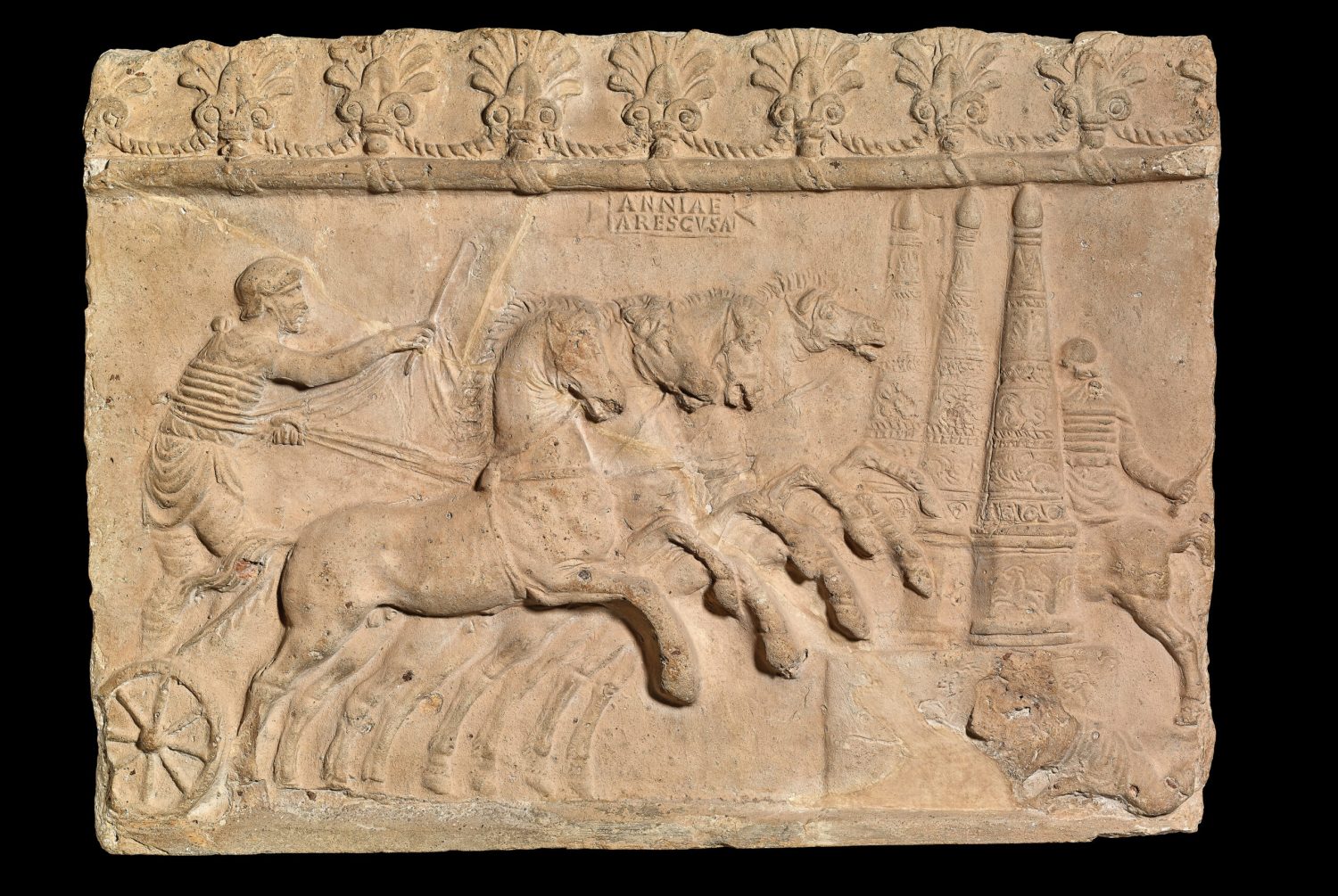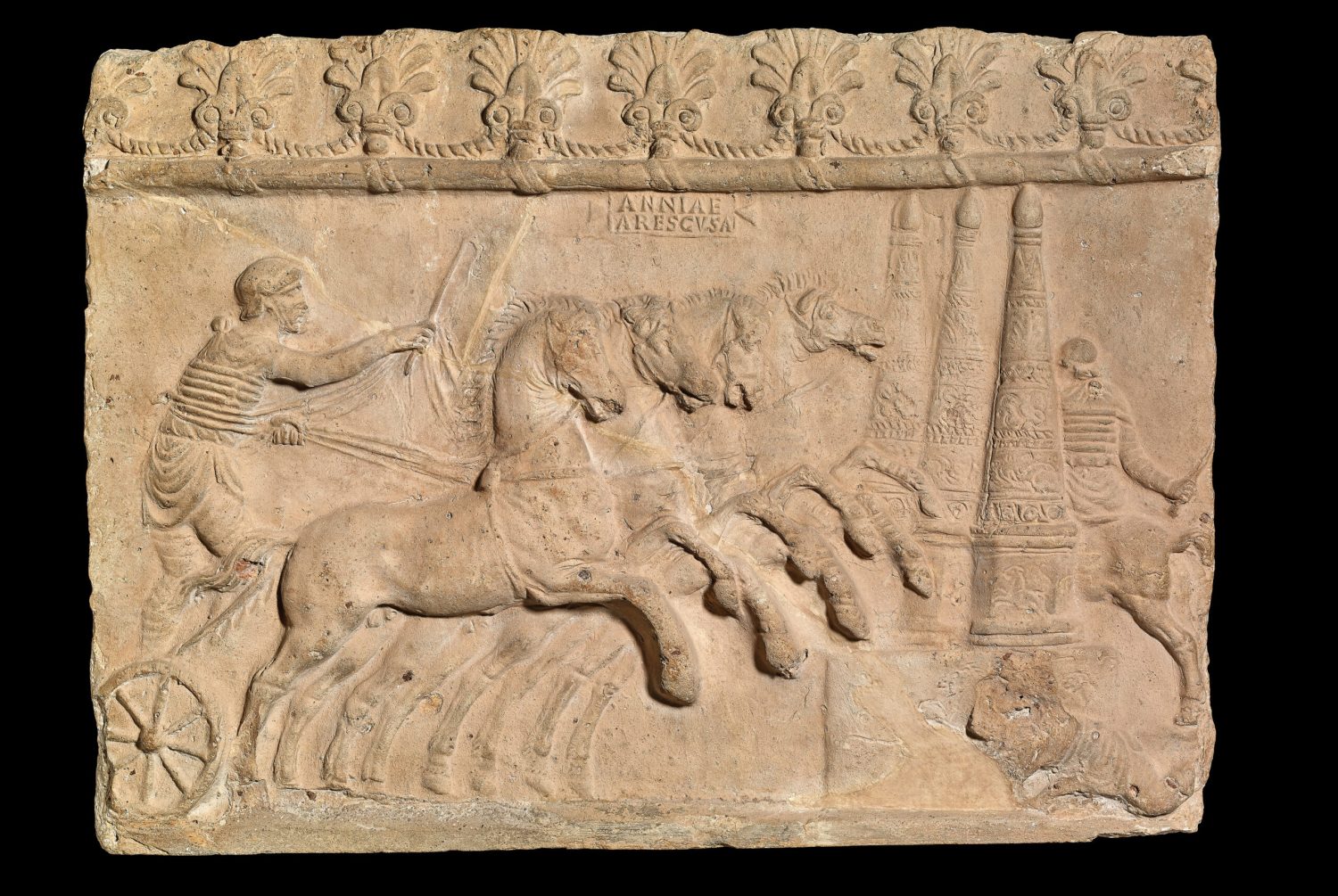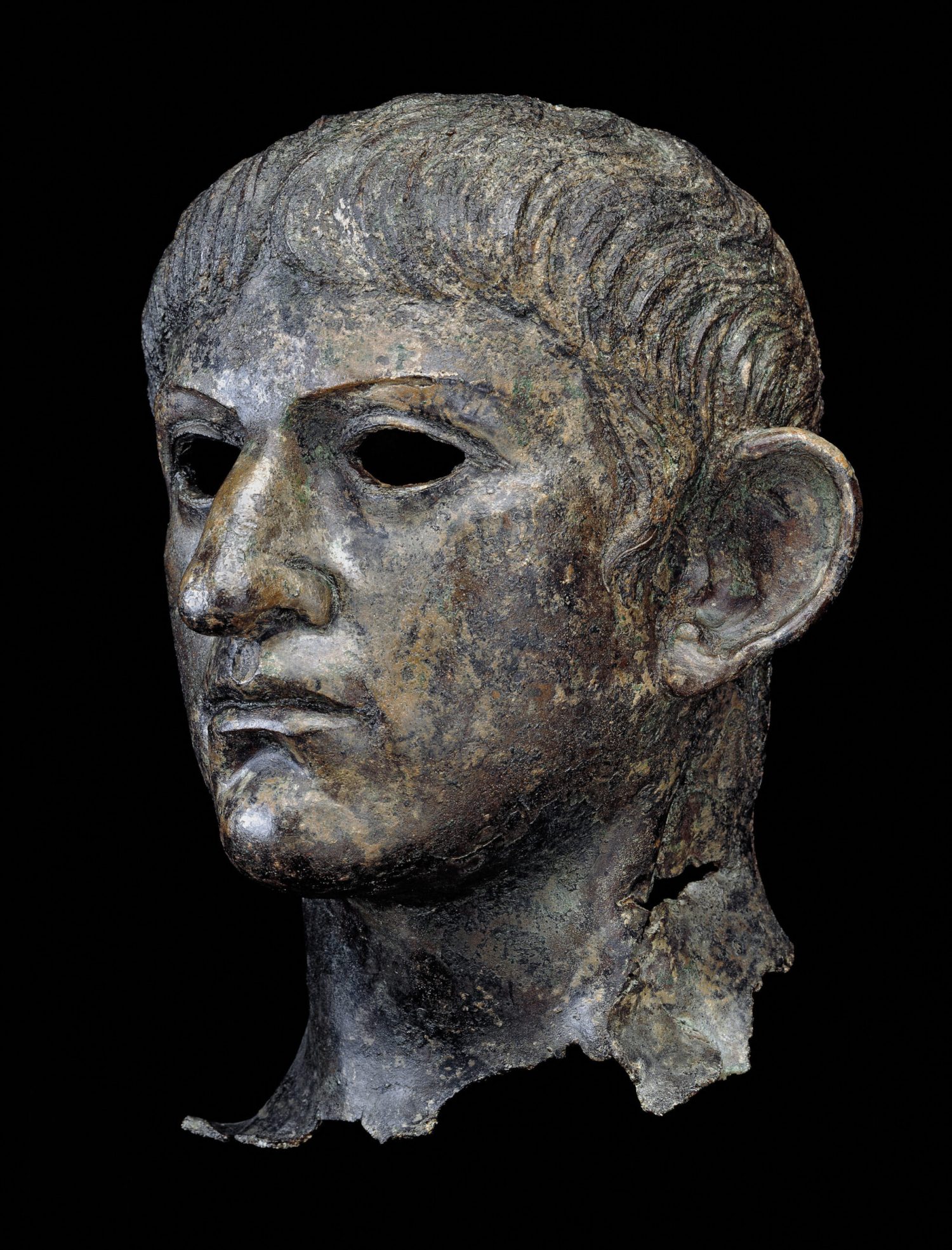Nero: The people's princeps?

Roman literature gives us an overwhelmingly negative view of Nero, but was there any good to this matricidal ruler? As a new exhibition on the emperor opens at the British Museum, Lucia Marchini speaks to curators Thorsten Opper and Francesca Bologna to find out more about how and why this figure, popular with the people, came to be known as an enemy of the Senate and the state.
At the time of his death in AD 68, the Roman emperor Nero, the last ruler of the Julio-Claudian dynasty, had dealt with riots, a notorious fire that ravaged Rome, conflict in the eastern and western reaches of the empire, and the killing of his mother. These events – written about by Roman historians like Tacitus, Suetonius, and Cassius Dio – secured his long-lasting legacy as a reviled figure. But is there more to this image of Nero than meets the eye? While the histories were written by Rome’s elite, more humble texts, graffiti scratched into walls in Pompeii, reveal some voices spoke out in favour of the emperor.

Nero ascended the throne in AD 54 at the age of just 16, inheriting conflict with the powerful Parthian empire (centred in Iran) and in the recently conquered province of Britain. Though these were challenges that needed to be dealt with, his dramatic downfall did not appear to be inevitable at the start of the reign. He was the great-great-grandson of the revered first emperor Augustus, and had been carefully primed for the role of princeps or emperor. As Francesca Bologna, project curator of the British Museum’s new exhibition Nero: the man behind the myth, says, ‘All evidence seems to point to the fact that the passage of power was very smooth, and Claudius had every intention of preferring Nero to his own natural son as heir. Not only did Claudius marry Agrippina, Nero’s mother, but he also adopted Nero himself and he made him very prominent. In a way, he’s also prepared by his mother, who picks one of the best possible tutors she could – the philosopher Seneca – to train him in oratory and writing speeches and so on. From the point of view of his education, we see that Nero was being carefully prepared for the role.’

One marble statue of Nero as a boy, in the collection of the Louvre, shows how his image was part of the public display of power from an early age. ‘Nero still wears the bulla, which is this amulet casing that boys wear’, explains Thorsten Opper, curator of ancient Rome at the British Museum. ‘When they take on the toga of manhood, they ritually deposit the bulla in a temple. So we know that this is Nero probably after Claudius married Agrippina, or, more likely, after Nero’s adoption.
‘There is a similar statue in Parma. They are the only complete statues of Nero that have survived, probably because he’s that innocent youngster. Usually these statues form part of portrait galleries. In a big public building by a Roman forum or in the theatres, you have these family galleries, with the emperor in the centre and his wife and then the different children. As people fall in and out of favour, statues get changed and replaced.’
After Claudius’ death (according to Roman authors, poisoned at the hands of Agrippina), the young Nero assumed power, and his mother remained in the picture. Agrippina the Younger – sister of the emperor Caligula, wife of the emperor Claudius, and now mother of another emperor – was a direct descendant of Augustus, a qualification that may have attracted Claudius to her. A proud and distinguished Julio-Claudian, she also wrote a history of the family, an unusual task for a Roman woman. This text does not survive, but parts of it are quoted by the likes of Pliny and Tacitus, the same historians who shape our view of this period and this reputedly manipulative and murderous mother.

Beyond the texts, there are some material hints of Agrippina’s influence, as Bologna observes, ‘She appears on coins minted at the end of Claudius’ reign and she’s on the main face of the coin. It is her with her title and her name. She’s the first living empress to be represented like this – clearly identified with title and name – on coinage minted in Rome. That alone shows us how powerful she must have been. At the beginning of Nero’s reign, she still appears on coins together with Nero, but then slowly she disappears.’
According to the source tradition, Nero, fed up with his mother’s influence or suspecting her of plotting against him, had tried to poison Agrippina several times, but she had prevailed with the aid of antidotes. Instead, he turned to a complicated plot, involving a ship that split in two. The tenacious Agrippina survived the collapse and swam to shore, to be stabbed in her villa. The written accounts of the killing are dramatic. As Cassius Dio tells it, she said, ‘Strike here, strike here, for this bore Nero’, bearing a striking resemblance to the suicide of Jocasta (the mother and wife of Oedipus) in Seneca’s play. Such dramas seemingly influenced the rhetoric used in the histories.

While matricide seems like the sort of thing that would quite understandably cause instant consternation, at the time the deed was well received. Opper notes, ‘Agrippina gets honours that are usually reserved for only the highest priestesses, so she has a very exceptional position, and clearly that is not liked by many of the Senate, who rejoice when she’s put to death. Nobody blamed Nero at all, even if there are these tales of murder. There were days of thanksgiving, and the Senate didn’t have to decree these things. They went over the top. They were delighted when Agrippina was removed.’
This is an extract of an article that appeared in Minerva 190. Read on in the magazine (click here to subscribe) or on our new website, The Past, which details of all the content of the magazine. At The Past you will be able to read each article in full as well as the content of our other magazines, Current Archaeology, Current World Archaeology, and Military History Matters.
